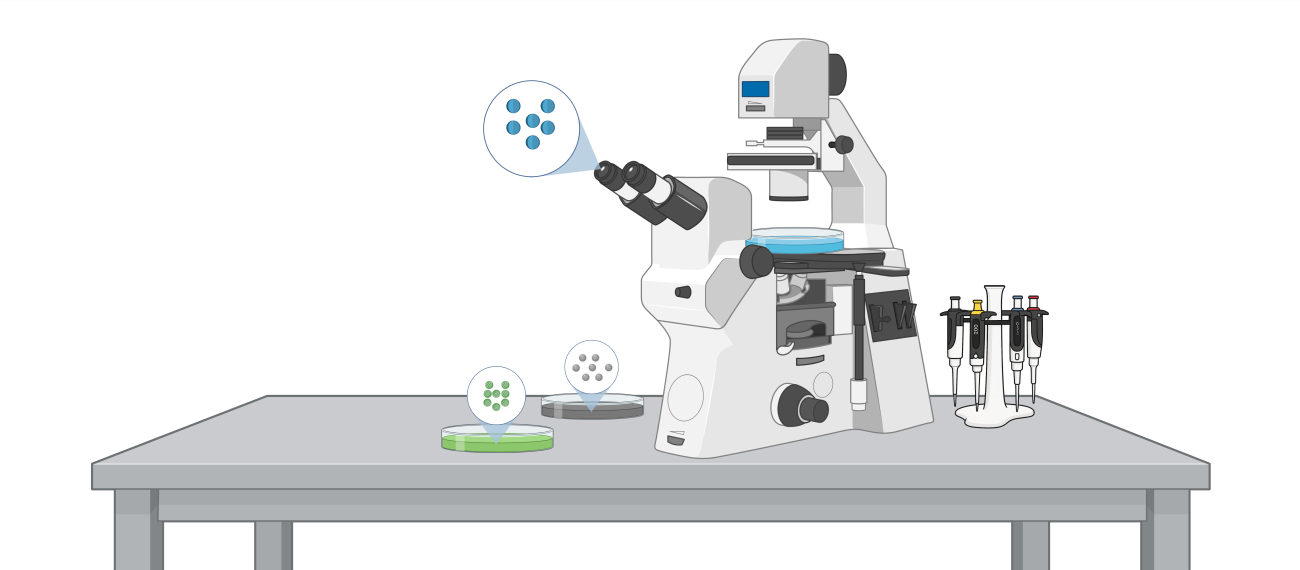
Magnetic Micro- and Nanorobots
Magnetic Micro- and Nanorobots
Micro- and nanorobots offer new possibilities for therapeutic applications. For example, they can deliver drugs directly to the site of a disease, perform minimally invasive surgery (e.g., eye surgery), and remove blood clots from tiny blood vessels. As their names suggest, micro- and nanorobots differ primarily in size. However, there are also differences in their applications and manufacturing methods. Microrobots are on the scale of blood cells (7-8 µm or larger) and are therefore particularly suitable for use at the tissue and organ level. Nanorobots, on the other hand, are more in the realm of biological macromolecules, such as DNA (2 nm diameter) and viruses (20-300 nm), and are thus more suited for use at the cellular and molecular level. They are controllable due to their magnetic properties. We develop and characterize various materials for manufacturing micro- and nanorobots specially tailored for medical applications, making them biocompatible or biodegradable. These materials enable the controlled release of drugs, which can be triggered by changes in temperature or pH value, for example. For demonstration and testing purposes, we use 3D-printed models of body structures (e.g., vascular models) combined with modern control systems.
